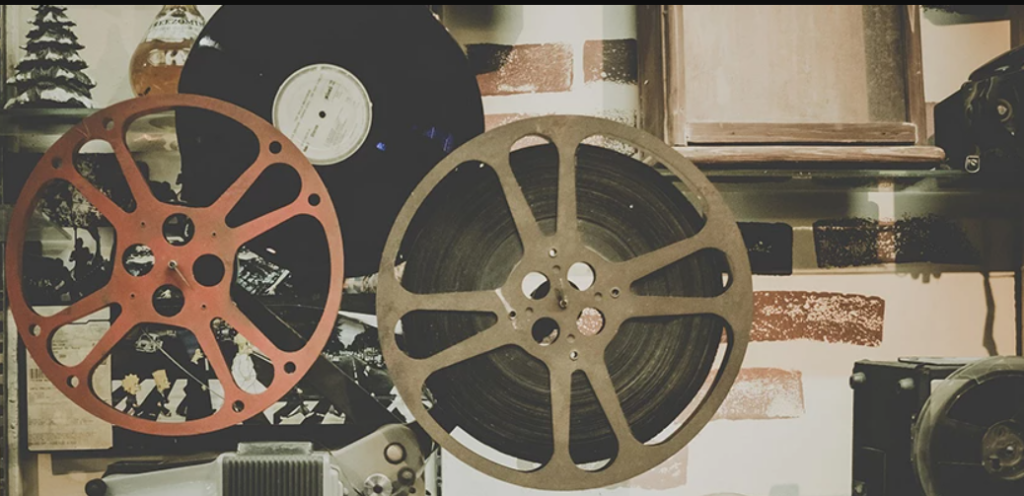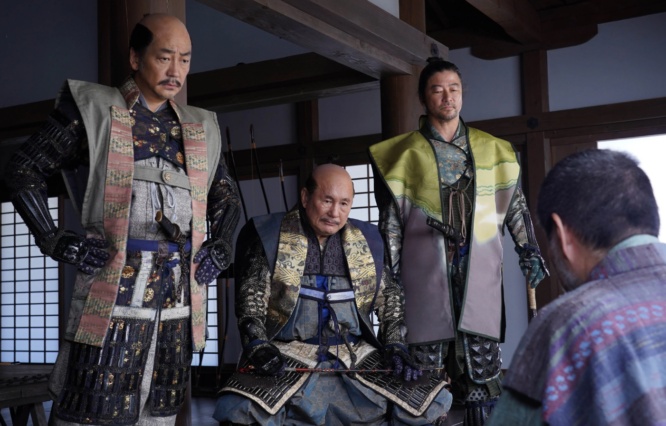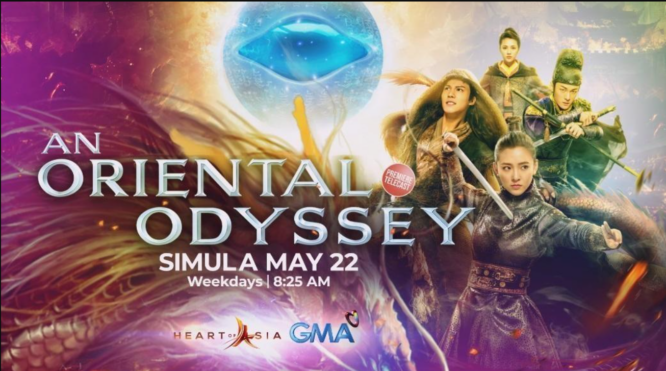Takeshi Kitano, the director of the new ultraviolent samurai film “Kubi,” which features more beheadings than can be tallied, stated that he refrained from showing too much blood and gore.
The director, who is also a painter, actor, and comedian, spent three decades researching and composing a novel and screenplay about the ambush at the Honno-ji Temple in Kyoto in 1582, which is depicted in “Kubi” in the gruesome detail familiar to admirers of Kitano’s earlier works.
“During the Sengoku (civil war) period, warriors were evaluated based on how many enemy heads they beheaded, particularly the heads of the top samurais with black teeth, which symbolized their superiority,” he told Reuters on Wednesday.

Kitano claims he didn’t go too far in the brutal samurai flick Kubi.
“They were persistent during the Civil War period,” he added. Akechi Mitsuhide, one of Oda Nobunaga’s own generals, was responsible for the ambush at Honno-ji Temple, which targeted the warlord. Mitsuhide’s motivation is unknown and has been the subject of numerous works over the years.
Kitano stated that the violence depicted the manner in which battles were conducted during the time period and that the film was restrained. “The manner in which they fought is extremely barbaric, so we avoided showing too much,” said Kitano.
The critic for the entertainment news website Vulture wrote that it had “more beheadings per minute than any other feature film I’ve seen in quite some time.” According to Kitano, the samurai of “Kubi” are not all that dissimilar from the yakuza portrayed in his previous Cannes-screened film, “The Outrage” (2010).
The samurai are attempting to reach the summit of the food hierarchy by being the fiercest warriors, but they lack intelligence. So it’s like a battle between male criminals,” said Kitano. They could only think about combat and advancing.





